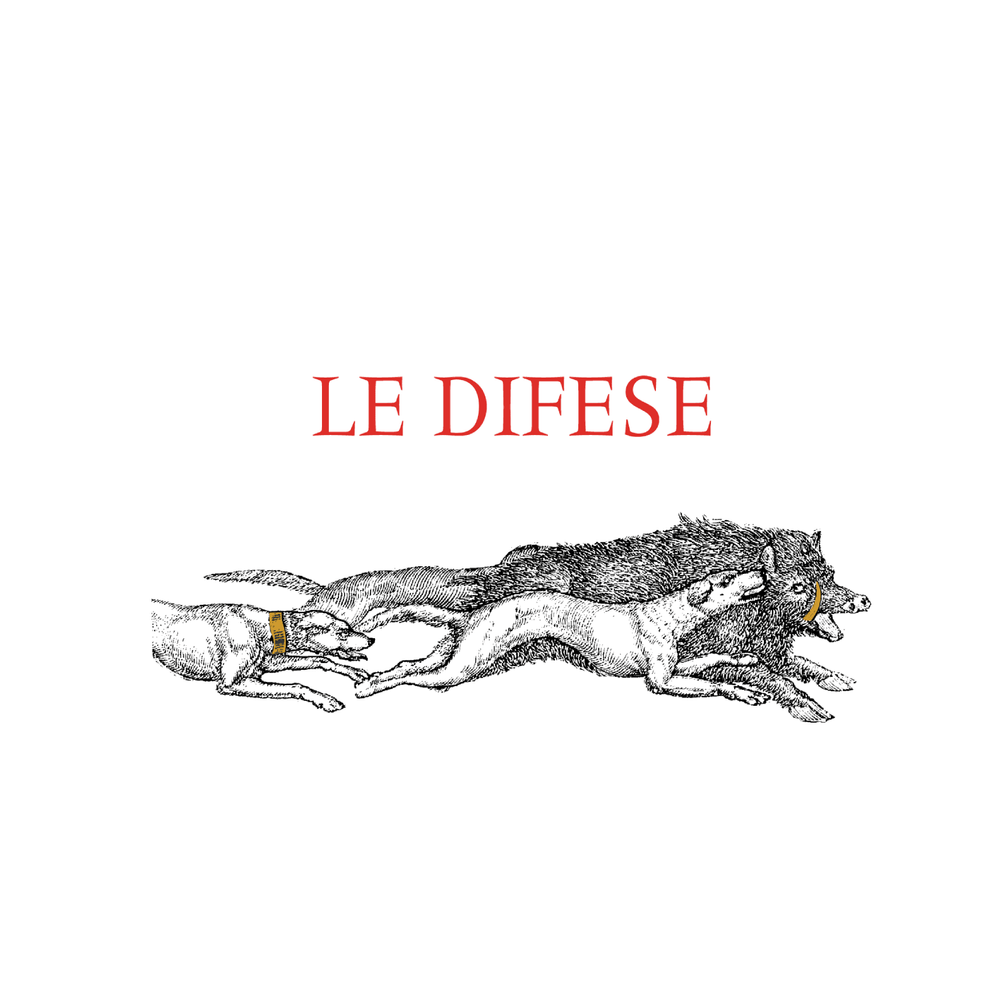Data Sheet
LE DIFESE 2016
CLASSIFICATION
IGT - Toscana
FIRST VINTAGE ON THE MARKET
2002
GRAPES
Cabernet Sauvignon, Sangiovese

Le Difese
SOIL STYLE
The soils on which the vineyards stand has varied and complex terrain features with a strong presence of limestone, feature areas rich in marl and pebbles as well as being partly clayey; they sit at an altitude of between 100 and 300 metres above sea level, with a south/south-west exposure.
WEATHER TRENDS
The 2016 vintage was one worthy of praise. The autumn was characterised by unusually warm and dry weather, except for a few rare downpours. The real winter arrived at the end of November with cold temperatures that remained low both during the day and at night until the end of January. February, on the other hand, was more of a wet month with a slight rise in temperatures. The rains were indispensable to guarantee the water reserve in the subsoil and to ensure that the plants could face the summer period without problems. At the beginning of April, the sharp rise in temperatures led to an anticipated budding of the vines of around 8-10 days, but the real arrival of summer took place with the second half of June, when rainfall and somewhat damp weather gave way to beautiful sunny days and summer temperatures, which, however, apart from the second ten days of July, always remained at seasonal levels without excesses. A few night showers in August offered coolness to the vines and washed the grapes, while the cool night breezes, conditioned by the sea, accentuated the development of aromas and ensured freshness and fragrance in the grapes, which ripened gradually, without excess sugar, in a harvest that was possible, thanks to optimal conditions, to last until the first ten days of October.
HARVESTING
Harvesting, strictly by hand, began in late September with the Cabernet grapes and was completed at the end of the month with the Sangiovese grapes. Perfect phenolic ripeness and great extraction of colour and structure in the musts. Healthy, crisp grapes without any problems.
FERMENTATION
Careful selection and sorting of the bunches by hand. Soft destemming of the grapes.
Primary fermentation took place in stainless steel vats at a controlled temperature (27-28°C). Maceration on the skins for 13-15 days for the Cabernet Sauvignon and for about 14-18 days for the Sangiovese, with successive phases of pumping over and frequent deléstage to stimulate aromatic extraction and soften the tannins. Malolactic fermentation was carried out in steel and concluded towards the end of November.
AGEING
At the end of the malolactic fermentation, the wine remains in steel for about 3-4 months and temperatures are kept around 10 ° C. Periodic decanting is carried out to eliminate the sediments. The wine then undergoes an aging in wood, with French oak barriques previously used for Sassicaia and Guidalberto, for an average period ranging from 6 to 8 months. At the end of the aging period in wood, the wine returns into the steel tanks where the temperature is stabilized for about 20 days at around 4-5 ° C for the necessary tartaric stabilization, before bottling.